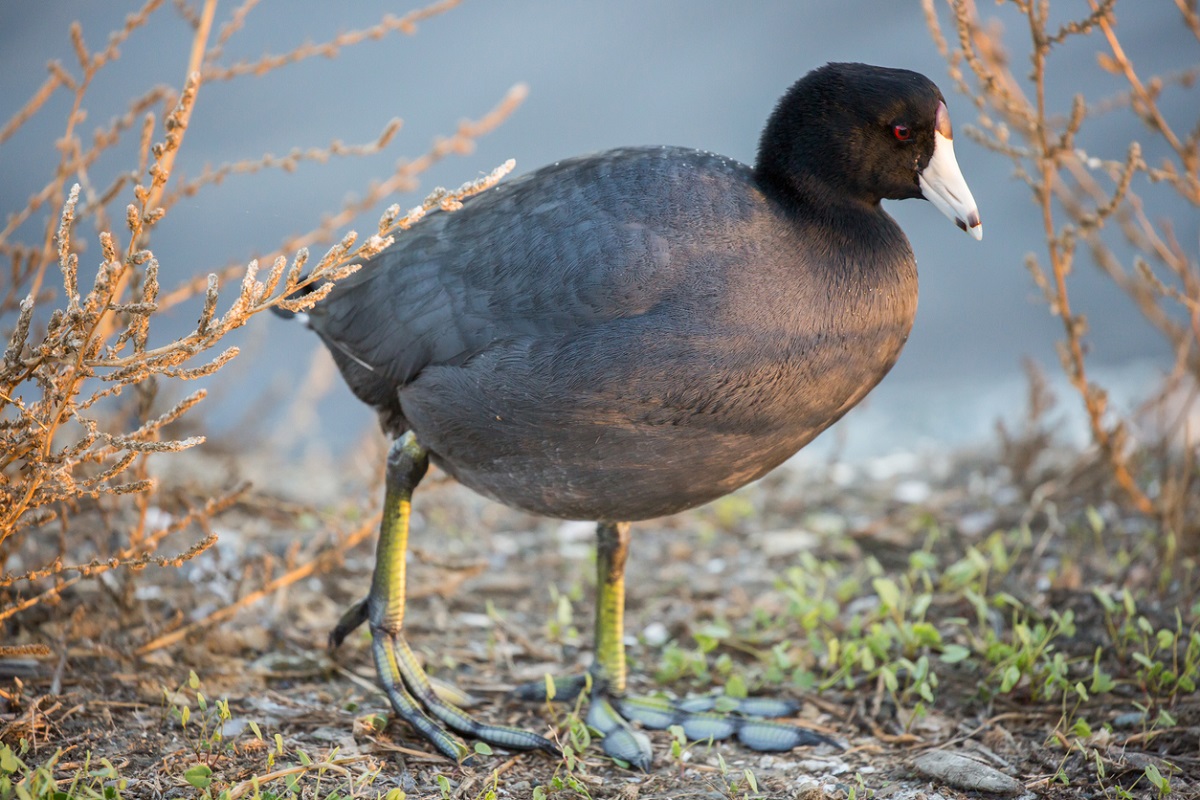
US Proposes to Use Genetically Engineered Crops to Support Southeastern Wildlife Refuges
March 25, 2020| |
The United States Fish and Wildlife Service (USFWS) is calling on the public to submit their comments and suggestions on the environmental assessment for genetically engineered (GE) crops on national wildlife refuges. This comes after the USFWS completed its draft of the Programmatic Environmental Assessment (PEA) for the assessment of the use of GE crops in the Southeastern United States' wildlife areas.
The refuge system in the United States (US) uses agriculture as a management tool with the help of farmers who live in the area. Part of the refuge land is used to grow crops that support wildlife to be able to meet habitat and wildlife management objectives. In 2014, USFWS issued a memorandum limiting the use of GE crops in refuges and planned for a full phase-out of the method. However, an announcement was made in 2018 to make way for an update and a possible reconsideration to use GE crops again.
USFWS is now considering having farmers plant GE crops in Southeastern US to provide forage for birds and other wildlife. In particular, seeds of GE crops have been proven effective in maximizing crop production according to the USFWS. These are also viewed as beneficial in fulfilling the purposes of the refuge and are essential in meeting the energy needs of birds and other wildlife.
Using GE crops and its seeds is viewed by USFWS as an effective, cost-efficient way for refuges to sustain bird and waterfowl populations in Southeastern refuges. This, in turn, may pave way for a healthy wetland environment and may also provide opportunities for hunting, wildlife observation, and photography.
| |
You might also like:
- U.S. Dept of Interior Ends Ban on GE Crops and Neonicotinoid Pesticides in Refuge
- ITIF, Independent Scientists Call on US Interior Secretary to Reverse Policy Against GM Seeds
- Organic Farming: Limited Benefit to Wildlife Does Not Compensate for Lower Yields
Biotech Updates is a weekly newsletter of ISAAA, a not-for-profit organization. It is distributed for free to over 22,000 subscribers worldwide to inform them about the key developments in biosciences, especially in biotechnology. Your support will help us in our mission to feed the world with knowledge. You can help by donating as little as $10.
-
See more articles:
-
News from Around the World
- Biotech Crops in the Pipeline to Improve Food Quality and Bring Environmental Benefits
- Local Government Officials Warn Scientists of Biotech Critics in Uganda
- US Proposes to Use Genetically Engineered Crops to Support Southeastern Wildlife Refuges
- Omega-3 Canola Oil Bound for Market by Second Quarter of 2020
- Most Americans Believe GMOs Likely to Improve Global Food Supply
- Russia to Expedite Genetic Technologies and Genome Editing for Public Health, Agriculture, and Industry
-
Research Highlights
- Researchers Develop Gene Disruption Method for Plant Pathogen
-
Plant
- Double Knockout of OsWRKY36 and OsWRKY102 Boosts Rice Lignification
-
Health
- International Seed Federation Calls on Governments to Facilitate Movement of Seeds in the Time of COVID-19
- Scientists Say COVID-19 Coronavirus Has Natural Origins
-
Read the latest: - Biotech Updates (April 17, 2024)
- Gene Editing Supplement (April 10, 2024)
- Gene Drive Supplement (February 22, 2023)
-
Subscribe to BU: - Share
- Tweet

